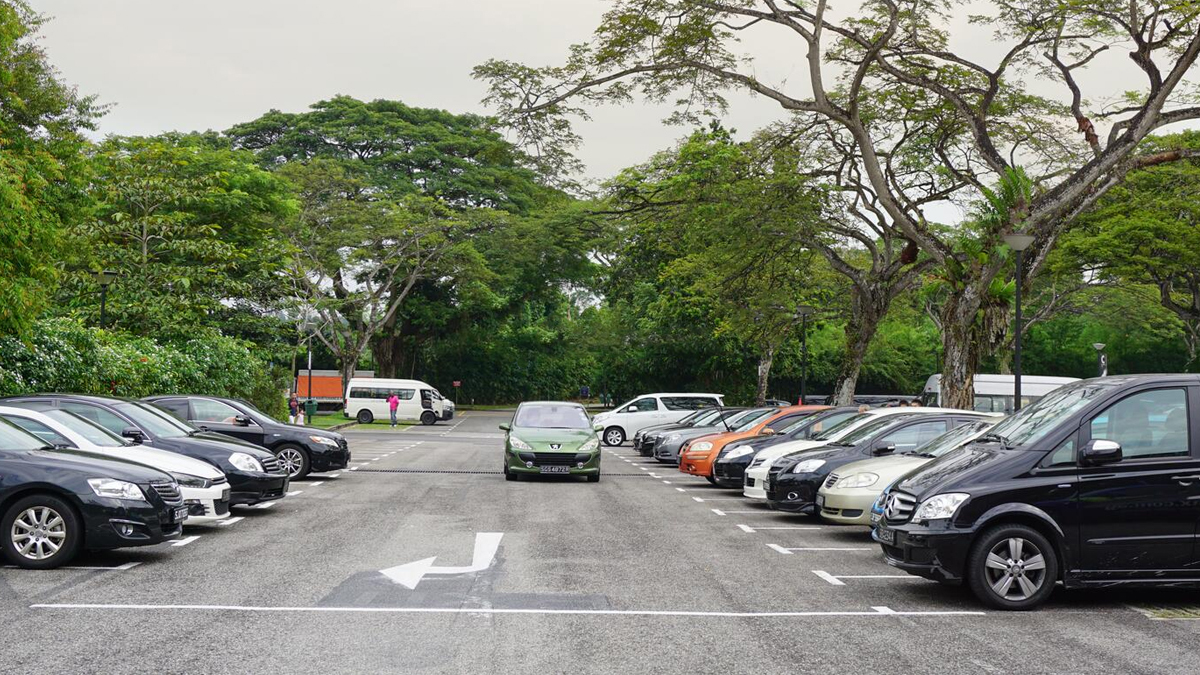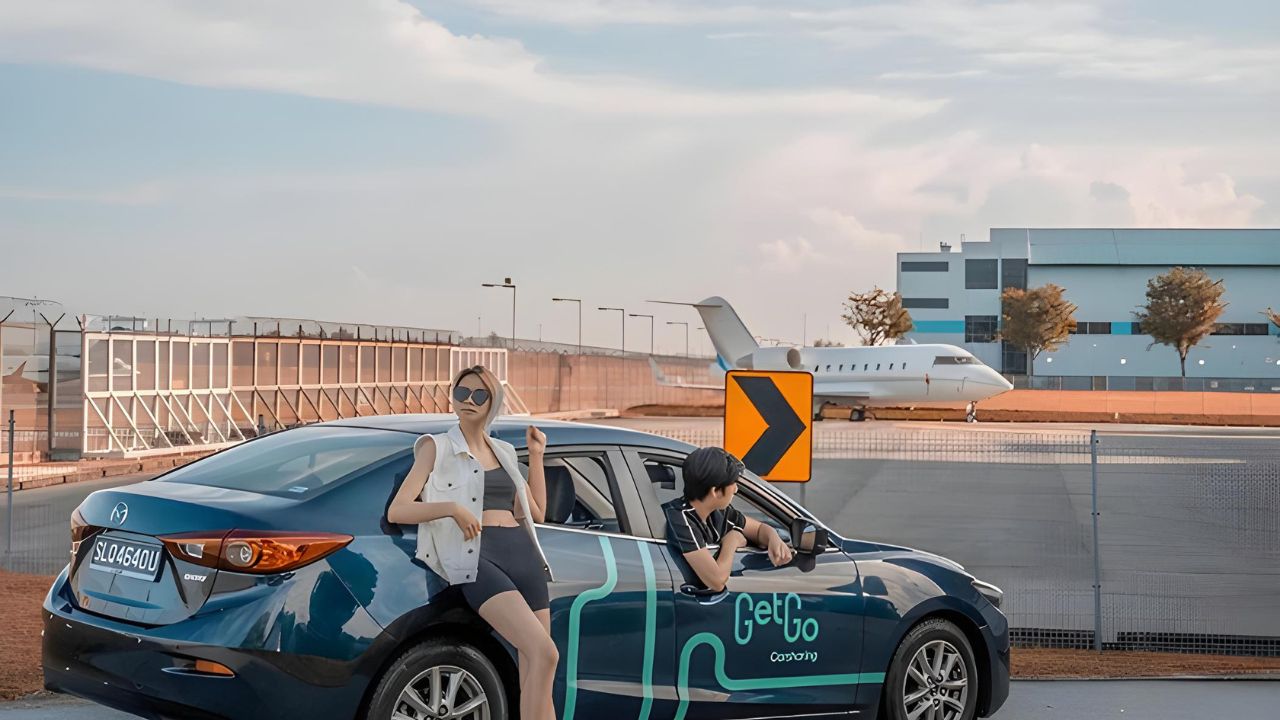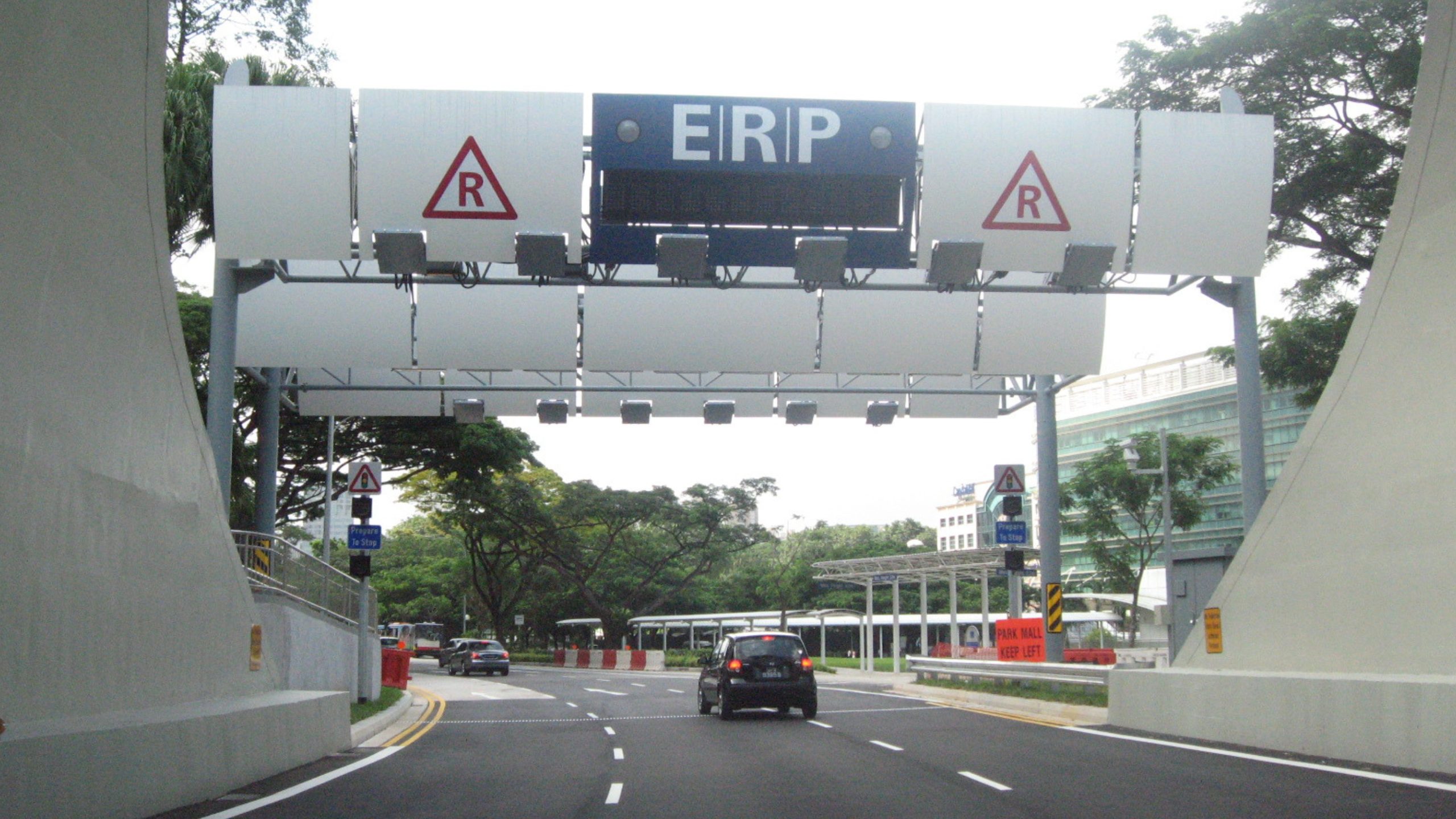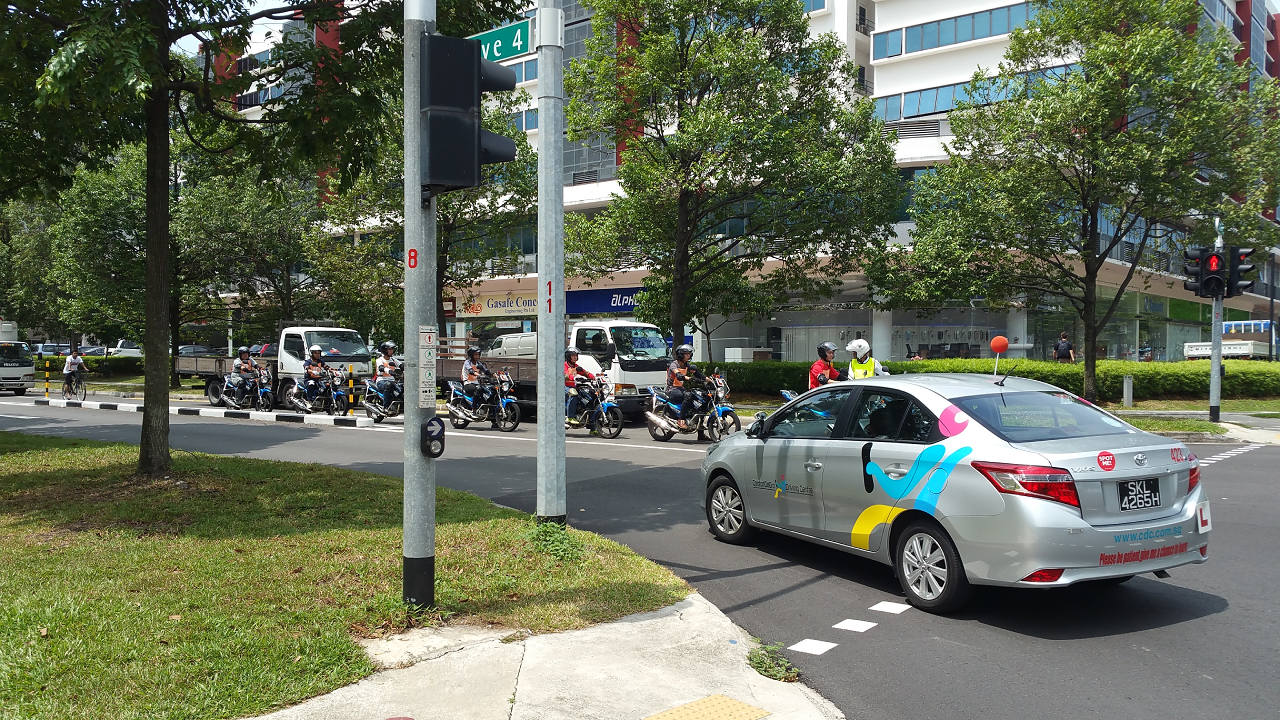Everything you need to know about the car seat law in Singapore
13/02/2025
4.8 min read

The car seat law in Singapore can feel like a maze of rules and things to remember. That’s why we came up with this guide, which will take you through everything you need to know about the different car seat requirements in Singapore. Bookmark and refer to it whenever you need. 🔖
Car seat law in Singapore: who needs a car seat?
The car seat law in Singapore is simple: If your child is under 1.35 metres tall, they must be in an approved child restraint that suits their height and weight. This is because children below this height are more susceptible to serious injuries during traffic accidents, as regular seatbelts don’t provide the necessary support. Even if you’re out on a quick trip, don’t forget to strap your child to their booster seat.
The only place the car seat regulation doesn’t apply is in a taxi. However, using a portable child restraint whenever possible is still important. Carrying your child in your arms puts both you and your child at greater risk for injury.
Infant car seats
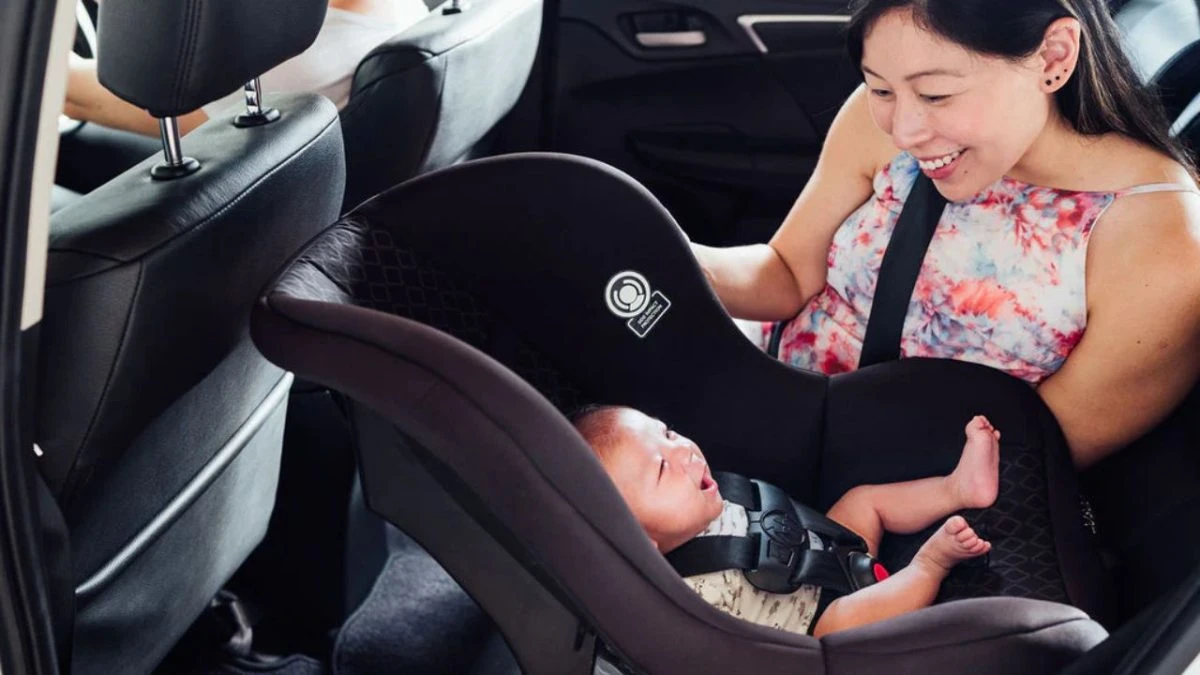
(Photo: Taxibaby)
Securing your little one to a rear-facing infant car seat is mandatory under Singapore law. Infant car seats are designed to provide support and safety to infants from birth up to a minimum of 2 years old. They’re made to cradle your baby and provide crucial support for their head, neck, and spine in the event of sudden stops or accidents.
Keep in mind that a rear-facing seat should never be placed in the front seat and that you’ll have to always secure your baby with the built-in harness. You’ll also need to choose a suitable seat depending on your baby’s height and weight. While it may seem better to buy a larger seat for longer use, an ill-fitting baby seat doesn’t provide adequate support and security.
💡 Pro tip: Although not required by law, we recommend using a rear-facing car seat for your child up to 4 years old. It’s the safest way for them to travel while their neck and spine develop.
Toddler car seats
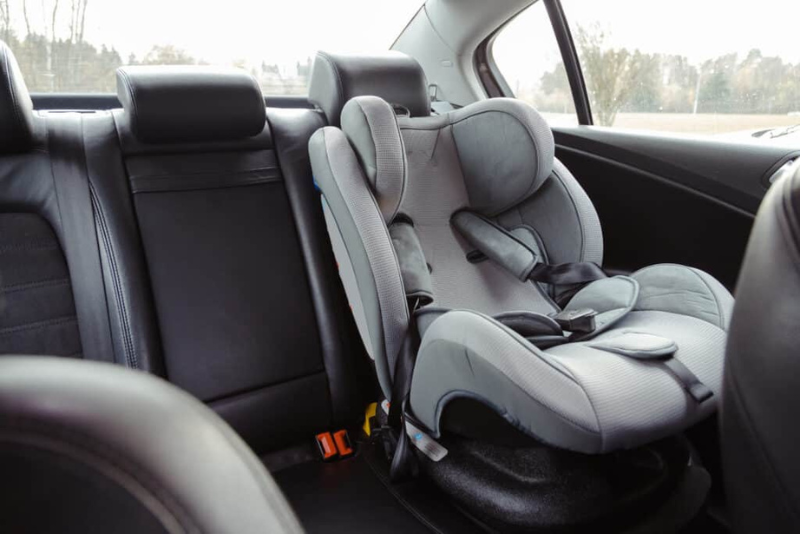
(Photo: Mother and Baby)
Once your child outgrows their rear-facing seat — typically around 2 to 4 years old — it’s time to transition to a forward-facing toddler car seat. These seats are designed to provide crucial support for the back, head, and vital organs in the event of sudden stops or accidents.
When choosing a front-facing car seat, it’s advisable to go for a 5-point harness instead of a 3-point one — think of it as the difference between a snug hug and a wobbly handshake.
Many toddler seats come with adjustable recline and headrest options, making them perfect for growing kids who can somehow outgrow shoes overnight. Not only that, but most seats can also accommodate children from 2 to 6 years old, so you don’t have to worry about changing them anytime soon.
Child booster seats

(Photo: HoneyKids Asia)
Once your child turns 6 or outgrows their toddler seat but is still too small for a regular seatbelt, you’ll have to put them in a booster seat.
The function of a booster seat is to prop your child to the correct height so that a standard seatbelt fits well across their chest and lap. It ensures they get the same level of protection as an adult in case of an accident and provides a smooth transition from a harness to the regular seatbelt.
Your child will only be ready to graduate to the regular car seat once they can sit comfortably with their back against the seat, feet on the floor, and the seatbelt strapping them in securely.
How to choose the perfect car seat in Singapore
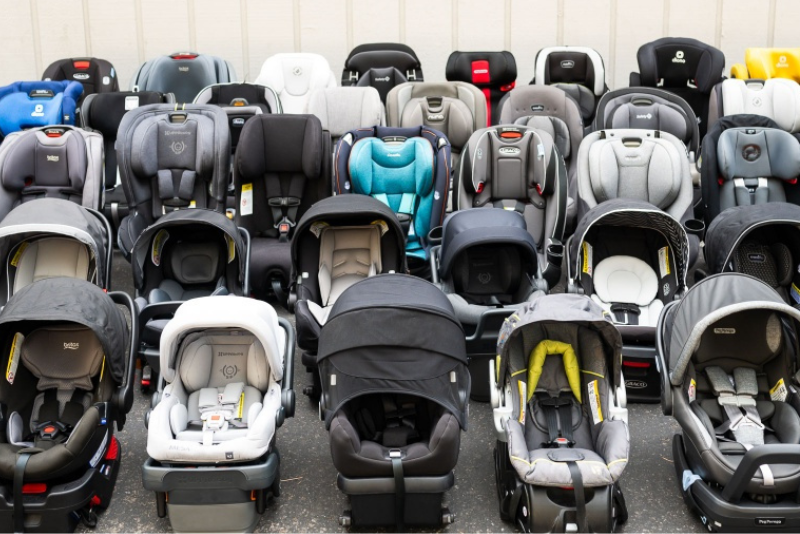
(Photo: Babygearlab)
Now that you’re well-versed in Singapore’s car seat regulations, it’s time to find a suitable car seat.
Start by considering your family’s needs. A lightweight and portable seat is your best bet if you use taxis and private hire vehicles frequently and need to keep moving the seat in and out of different cars.
Those who own a small car can consider a compact seat, whereas bigger seats would be a better option for bigger cars.
In addition, your child’s car seat should be easy to clean, with removable and machine-washable covers since kids are experts at making messes.
Last but not least, remember that children grow at unfathomable speeds. Investing in a convertible car seat that adapts as your child levels up can save you the hassle and cost of buying a new seat every few years.
Car seat safety certifications you should look out for
Make sure that the child’s car seat is approved under at least 1 of 4 safety certifications listed below:
- R129: Regulated by the European Union. Seats must pass side, frontal, and rear impact testing phases.
- ECE R44 04: Regulated by the European Union. Seats must pass the frontal and rear impact testing phases.
- FMVSS 213: Regulated by the National Highway Traffic Safety Administration and shows that seats have passed multiple crash tests.
- AS/NZS: The strictest safety standard globally and has rigid side-impact protection requirements.
With so many sizes, styles, and safety features, it’s easy to feel overwhelmed when picking your tiny ruler’s throne. Our top recommendations for car seats might be just what you need.
(Featured photo: BabyCentre)
Trending articles
What's New

loop on our
latest updates,
promos, and weekly news.
The GetGo Blog
Get our latest updates,
promotions and weekly news.


